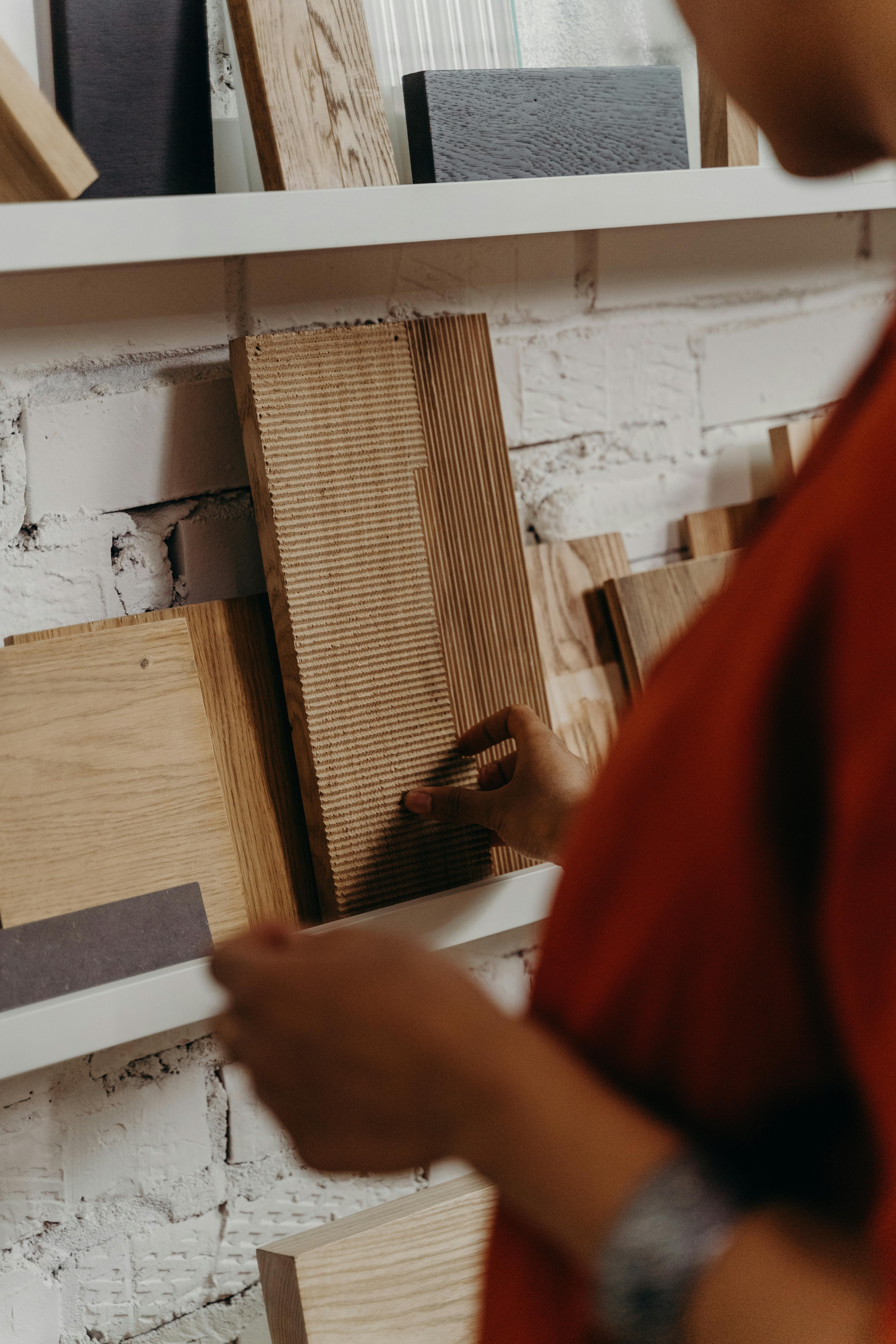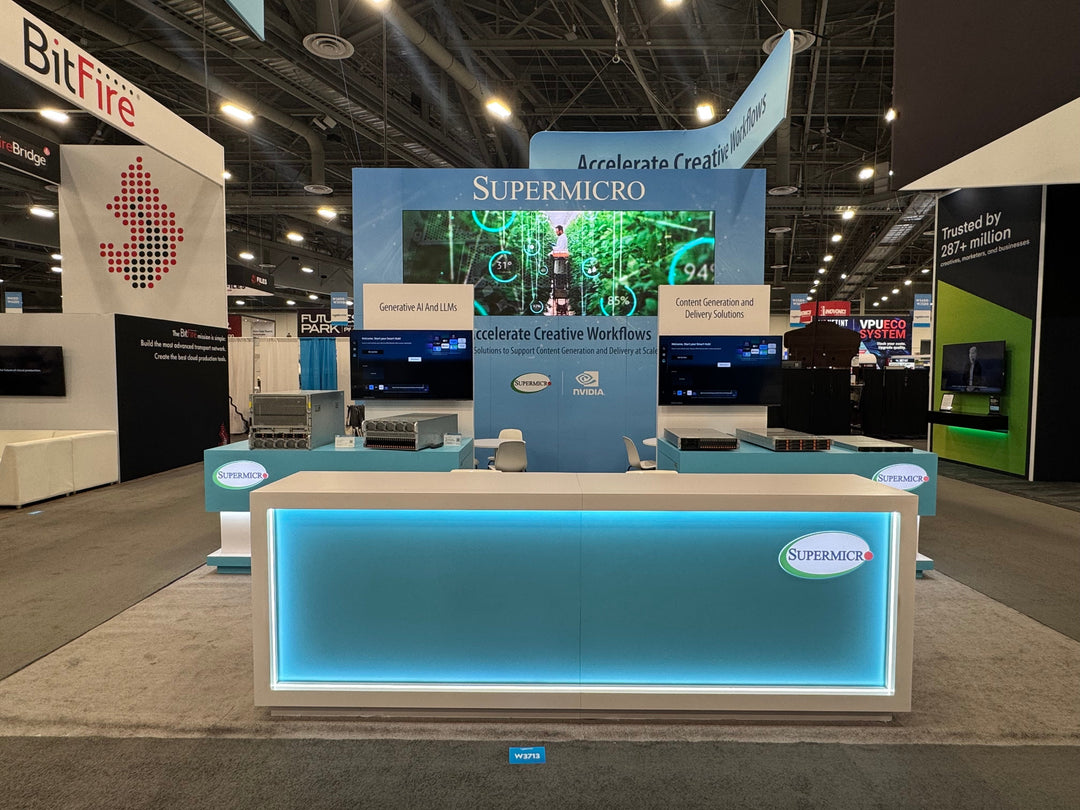Trade shows are an essential part of marketing and brand engagement, offering businesses a powerful platform to showcase their products, network with industry leaders, and generate leads. However, the success of a trade show booth depends heavily on its design, construction, and materials used. Over the years, trade show booth materials have evolved to meet changing industry trends, sustainability demands, and technological advancements.
In this article, we explore the latest innovations in trade show booth materials, highlight outdated materials that are falling out of favor, and provide actionable insights for businesses looking to create stunning and effective exhibit spaces.
The Shift Toward Modern Trade Show Booth Materials
The evolution of trade show booth materials is driven by three main factors:
-
Sustainability – As businesses prioritize eco-friendly initiatives, the demand for recyclable and reusable materials has increased.
-
Durability and Portability – Exhibitors seek lightweight, strong materials that make transportation and setup easier without sacrificing quality.
-
Technology Integration – With the rise of digital displays, LED walls, and interactive elements, booth materials need to be adaptable and technology-friendly.
Let’s take a closer look at what materials are making an impact and which are becoming obsolete.
What’s In: Innovative Trade Show Booth Materials
1. Sustainable and Eco-Friendly Materials
With an increasing focus on environmental responsibility, many companies are shifting toward sustainable booth materials. These include:
-
Recycled Aluminum and Steel – Lightweight yet durable, these metals are used in modular booths and framing structures. They can be recycled repeatedly without losing strength, making them a top choice for sustainable exhibits.
-
Bamboo and Reclaimed Wood – Offering a stylish, natural look, these materials are both renewable and biodegradable. Many exhibitors use bamboo panels and reclaimed wood accents to enhance their booth’s aesthetic appeal.
-
Fabric Graphics from Recycled Materials – Dye-sublimated graphics printed on fabric made from recycled plastic bottles have become an eco-friendly alternative to traditional PVC banners.
2. Lightweight, Portable Materials
Trade show exhibitors prefer materials that reduce shipping costs and streamline setup. Some of the top choices include:
-
Tension Fabric Displays – Made from stretchable polyester, these displays are lightweight, wrinkle-resistant, and easy to assemble.
-
Foamcore and Honeycomb Board Panels – These materials provide structural integrity while being significantly lighter than traditional wood or MDF panels.
-
Modular Aluminum Frames – Pre-engineered aluminum systems allow for quick assembly and reconfiguration, making them ideal for brands attending multiple trade shows.
3. Technology-Integrated Materials
As digital engagement becomes more important in trade shows, booth materials must accommodate modern technology, such as:
-
LED Video Walls – Ultra-lightweight LED panels replace traditional printed backdrops, allowing for dynamic presentations and immersive branding.
-
Smart Glass and Acrylic Panels – These interactive surfaces can display digital content, change opacity, and provide a futuristic booth experience.
-
Wireless Charging Tables and Surfaces – Integrated wireless charging stations in booth furniture enhance attendee engagement while providing practical functionality.
4. Customizable and Reusable Materials
Brands want booths that are unique yet adaptable. Materials that support this trend include:
-
Magnetic and Velcro Graphics – Easily interchangeable graphics allow businesses to update branding and messaging without reprinting entire panels.
-
Interlocking Floor Tiles – Durable and stylish, these floors can be customized with different finishes, such as wood grain, carpet, or high-gloss tiles.
-
3D-Printed Booth Elements – Rapid advancements in 3D printing allow exhibitors to create custom booth components with precision and minimal waste.
What’s Out: Materials Falling Out of Favor
1. Heavy and Bulky Materials
Materials that are difficult to transport and assemble are becoming less common. These include:
-
Traditional Wood and MDF Booths – While still used for custom builds, these materials are losing favor due to their weight, difficulty in repurposing, and environmental concerns.
-
Glass Panels – While visually appealing, glass is fragile and heavy, making acrylic or smart glass a more practical alternative.
2. Single-Use PVC Banners and Graphics
PVC graphics, once a staple at trade shows, are being replaced by more sustainable options due to:
-
Environmental Impact – PVC is non-biodegradable and challenging to recycle.
-
Lack of Versatility – Dye-sublimated fabric graphics are more reusable and offer higher-quality visuals.
3. Carpet Flooring
While trade show carpets were once the standard, they are declining in popularity due to:
-
Sustainability Concerns – Many carpets are not recyclable, leading to unnecessary waste.
-
High Maintenance – Carpets require frequent cleaning and can wear out quickly, whereas modular flooring solutions offer greater durability and flexibility.
4. Static, Non-Interactive Booths
Trade show attendees expect engaging and immersive experiences. Outdated elements include:
-
Plain, Static Backdrops – These are being replaced by digital screens and projection mapping to enhance engagement.
-
Basic Literature Racks – With digital QR codes and interactive tablets, physical brochures are becoming less necessary.
How to Choose the Right Trade Show Booth Materials
When designing a trade show booth, consider the following factors:
1. Sustainability Goals
-
Opt for materials that are reusable, recyclable, or biodegradable.
-
Work with booth designers who prioritize eco-friendly fabrication.
2. Budget and Logistics
-
Lightweight materials can reduce shipping and drayage costs.
-
Modular booths offer cost-effective solutions for multiple events.
3. Brand Image and Engagement
-
Choose materials that align with your brand’s message and aesthetics.
-
Incorporate interactive elements to draw in visitors.
4. Durability and Longevity
-
Consider materials that withstand repeated use and transportation.
-
Invest in high-quality, customizable displays for a lasting impression.
Conclusion
The materials used in trade show booths have evolved significantly to meet modern demands for sustainability, efficiency, and technology integration. By embracing new trends and avoiding outdated materials, businesses can create impactful, cost-effective, and environmentally friendly exhibits.
At KSM Exhibits, we specialize in designing and fabricating trade show booths that leverage the latest materials and technologies. Whether you need a fully customized exhibit or a modular rental solution, our team can help bring your vision to life.
Ready to elevate your trade show presence? Contact us today to discuss your next exhibit!





